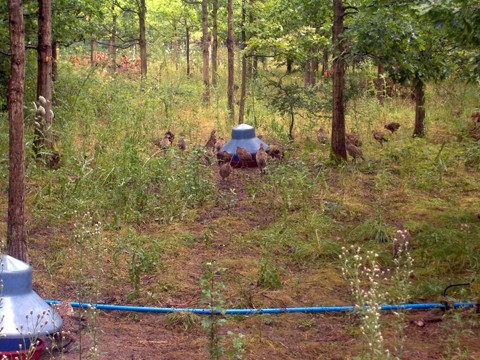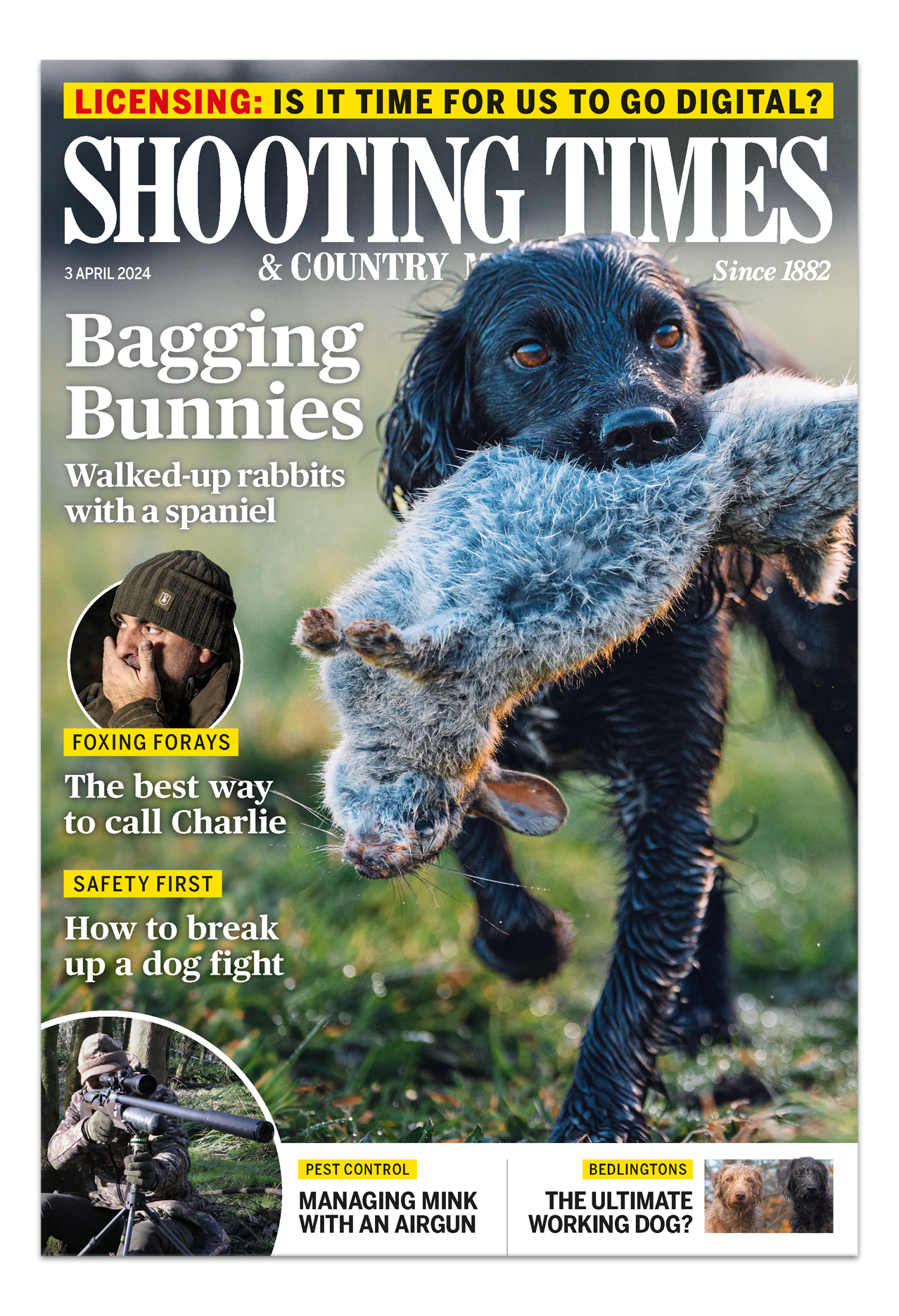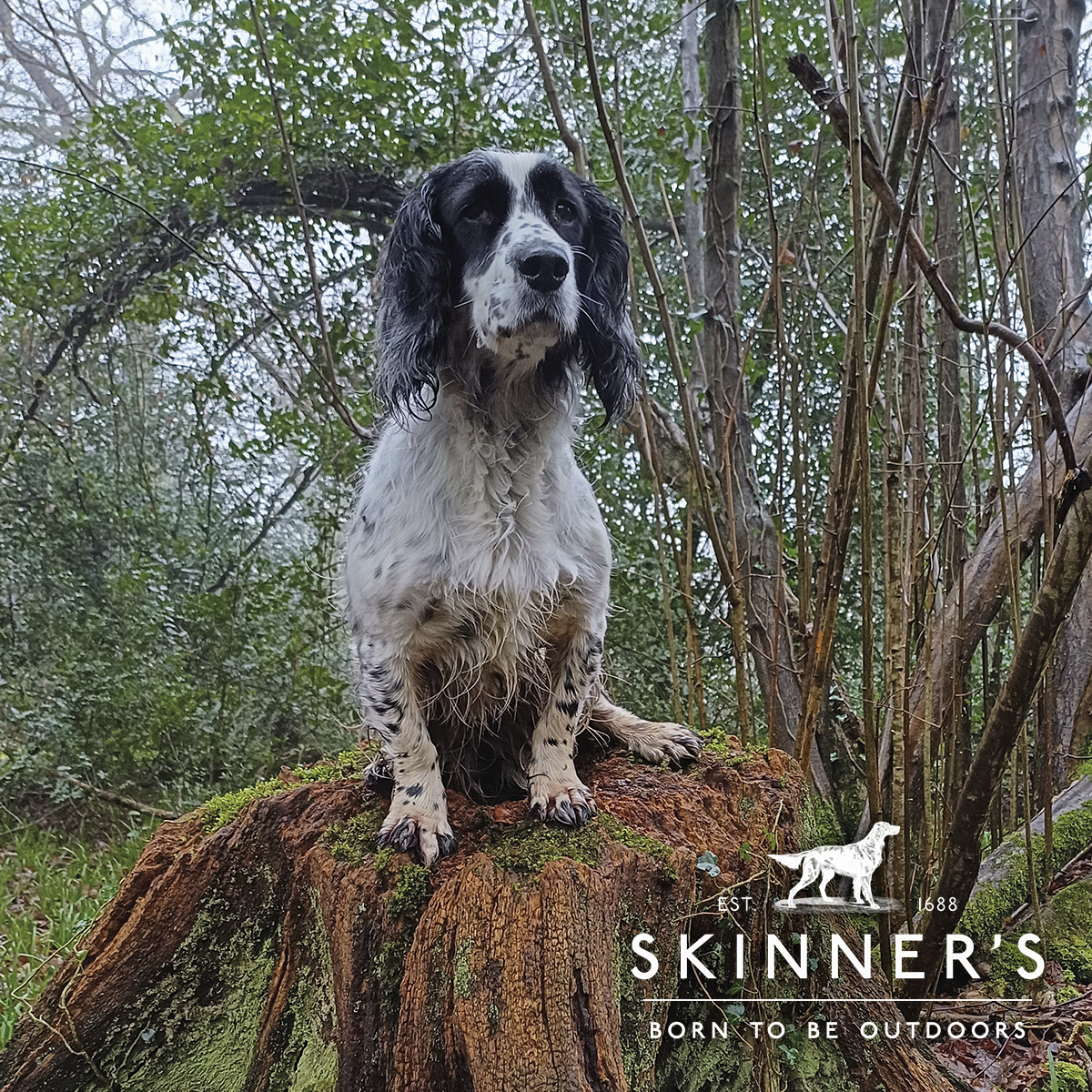Best practice for better poults

“How much are they?” It’s the question every gamefarmer is asked at this time of year. It’s important, of course, but the wrong enquiry to lead with. “How good are they?” is much nearer the mark.
Quality is everything in pheasant and partridge production, and 10p more on a chick, or 50p on a poult, is a difference well worth paying for birds that will grow on well and fly like stink next season. After all, one more pheasant in the bag at a value of £35 equates to those price differences on 350 chicks or 70 poults, which rather puts it in perspective.
Think for a moment what goes into the production of a pheasant poult to eight weeks of age. We start with an egg, but how good was the breeding stock, what condition was the hen in and was the egg scrupulously clean when it went into the incubator? All these issues, together with good incubation and a correct hatching process run by a competent individual, have a bearing on the fitness of the eventual chick — and a fit chick is essential to good quality later on.
Reducing stress
The next significant event in a reared bird’s life is when the day-old chick moves to the rearing field. The duration and nature of that journey will determine the degree of stress caused to the chick, of which some is inevitable, and stress is often linked to the onset of disease. The bio-security of the brooder huts and the rearing pens is paramount, and good record-keeping essential for tracking and rectifying any problems. What went wrong and when with that particular batch of poor doers?
Quality records will show when the birds were moved, by whom, which batch of feed they were given, what rate of medication was included in their water and much else besides. If disease strikes, the vet can immediately see where the cause may lie and corrective action can be taken for that and all future batches.
This is the way a good modern gamefarm is run, with maximum attention to detail, routine veterinary inspections and complete traceability of every bird. Does your game supplier match up to this? He should do, as should everyone who rears gamebirds, because the DEFRA Code of Practice for the Welfare of Gamebirds Reared for Sporting Purposes (along with its equivalents in Scotland and Wales) implies nothing less.
For some years now, the Game Farmers’ Association (GFA) has been working on improving quality throughout the profession. Mindful that the industry will be judged by its weakest link — and it is an industry now, and not a tatty backyard enterprise — the GFA has put a lot of resources into ensuring that its members rear their birds in accordance with those government codes. With financial support from the gamefeed company Keepers Choice, the GFA has produced a publication for its members called the GFA Game Farming Guide.
Ring-bound, printed on quality card and subdivided into sections on overwintering, breeding, hatching and so forth, the guide is a unique resource for game rearers. The Association sends its members updated inserts for the guide once or twice a year, whenever some new technique emerges or a regulation on waste disposal, drug administration or even employment law comes into effect. By following it, GFA members can be certain they are up-to-date and in line with ever-changing and increasingly complex laws. Now it’s quiz time.
What are the ideal conditions for storing eggs before incubation? Between 15° and 18°C, with 75% humidity (UV lighting can help to reduce bacterial development but, if it is used, staff safety regulations apply). What are the legal requirements for disposing of hatchery waste? Any unwanted eggs and chicks must be macerated (liquidised to you and me) and then either combusted on the farm in an approved type of incinerator or taken away by a specialist disposal contractor. What is the maximum allowable journey time for a pheasant poult under the animal transport regulations? Twelve hours from the time the last bird is loaded until the first is unloaded.
The GFA guide includes pages and pages of this sort of information and, in some ways, it is a sad testament to the complexity of game rearing in the modern age, in that anyone falling short on any of the above, and much, much more, is at risk of prosecution, fines and, potentially, being banned from keeping animals. It is that serious, and our opponents know it. Last summer, several rearing fields were infiltrated at dead of night and film and records were taken with a view to mounting prosecutions. Do the job by the book, however, and game rearers have nothing to fear.
When a game producer applies to join the GFA, they have to declare a significant amount of information about their set-up, the amount of land they have available, their suppliers and their veterinary support. References are then taken from one supplier at the very least about their credit-worthiness, and also from their vet, who must make a declaration that the would-be member operates within the requirements of the government code. These checks, and industry knowledge on the part of its committee, ensure that the GFA does not accept cowboy members. It has also, in the past, thrown out any who have been found wanting.
No short cuts
Customers in search of reliable poults can thus take GFA membership as a pretty sure indication that would-be suppliers are up to speed with best practice, are not taking short cuts, and are likely to deliver. Experienced GFA members speak of “three-year gamefarmers”, those who get into commercial game rearing one year, perhaps after having a smallholding or keeping a few turkeys. They then expand in year two but go bust in year three, because they get taken out by disease, either through not following best practice or because they fail to adapt their methods for the increased scale of their operations. Such people tend not to be members of professional associations.
So, when buying birds for your shoot this year, think about quality rather than price. Ask questions of would-be suppliers and, ideally, visit their gamefarms to see for yourself that all is tidy and bio-secure. Recognise that, with all the work and cost that go into running a shoot — the habitat creation, the gamecrops, the predator control, the pens — scrimping on the birds themselves is highly likely to be a false economy. Buying from a GFA member is not a guarantee of success, but it will certainly help.








